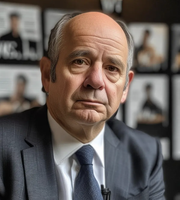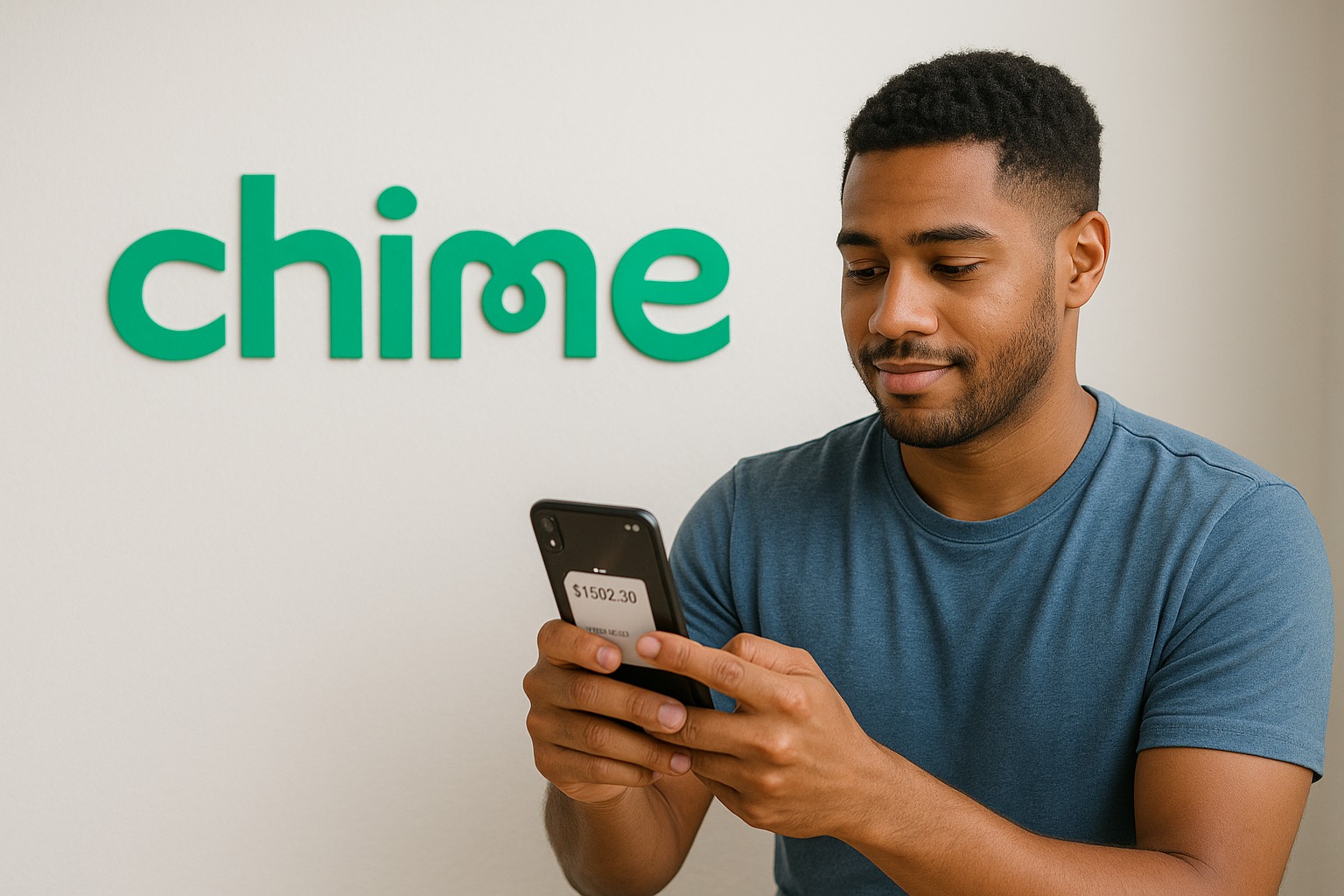Reckitt Benckiser's Q1 Revenue Decline Tests FY25 Outlook Amid Global Challenges
Reckitt Benckiser (RB), the consumer goods giant behind brands like Dettol, Durex, and Lysol, reported a muted start to 2025 as mixed global performance and supply chain hurdles weighed on results. While the company maintained its full-year outlook, investors reacted cautiously to a first-quarter like-for-like (LFL) revenue growth of just 1.1%—below both its own expectations and analyst forecasts. The miss underscored the uneven economic recovery, with emerging markets buoying growth while developed regions grappled with inventory overhangs and macroeconomic pressures.
A Tale of Two Markets
RB’s Q1 results revealed stark geographic disparities. Core Reckitt, which includes its fastest-growing segments like Germ Protection and Intimate Wellness, delivered 3.1% LFL growth, driven by double-digit gains in Emerging Markets (+10.7% LFL). Innovations such as Dettol’s washing machine cleaner in China and Durex’s hyaluronic acid condoms in Asia-Pacific proved potent. Meanwhile, Europe and North America lagged, declining -1.7% and -0.9% LFL, respectively. Europe’s struggles stemmed from supply chain bottlenecks and retailers adjusting inventories post-pandemic, while North America faced headwinds from weakened consumer demand and delayed shipments.

Even within North America, the picture was uneven. Lysol and Mucinex, two key brands, saw sales pressured by inventory corrections, though Lysol Laundry Sanitizer—a new product—helped drive category growth. Meanwhile, Essential Home, RB’s non-core air care and pest control division, slumped -7% LFL, hit by competitive pricing in the U.S. and fading demand for pest control products.
Outlook: Betting on Emerging Markets and Cost Cuts
Despite the Q1 softness, RB reaffirmed its 2025 guidance of 2-4% LFL growth, relying on a rebound in North America and sustained momentum in emerging markets. The company expects Emerging Markets to grow mid-to-high single digits in Q2, while North America should recover in the second half as supply chains normalize and retailers restock. Non-Core divisions, too, anticipate second-half improvements, with Mead Johnson Nutrition—whose supply chain issues from a 2024 tornado are easing—targeting low-single-digit LFL growth.
RB is also doubling down on cost discipline. Its Fuel for Growth program aims to reduce fixed costs to 19% of net revenue by 2027, while artificial intelligence integration in R&D could accelerate product development. A £1 billion share buyback program has already repurchased £815 million, signaling confidence in its balance sheet.
Risks on the Horizon
The outlook hinges on several risks. First, the separation of Essential Home, now valued at £3-4 billion (down from earlier £6 billion estimates), could face delays due to market skepticism about its standalone prospects. Second, macroeconomic pressures in developed markets—evident in North America’s weakening consumer confidence—could linger. Third, supply chain disruptions, particularly in Mead Johnson’s infant nutrition business, remain a wildcard.
Market Reaction and Analyst Take
Investors initially reacted negatively, with shares dropping 4% post-earnings as concerns over North America’s underperformance and valuation challenges for Non-Core assets took precedence. Barclays analysts trimmed their price target to £53, citing “valuation pressures” for potential buyers of Non-Core divisions. However, bulls argue that RB’s long-term strategy—focusing on high-margin health and wellness categories—remains intact.
Conclusion: A Wait-and-See Play
RB’s Q1 stumble reflects broader global economic fragility, but its maintained outlook suggests confidence in its ability to navigate these headwinds. Emerging markets’ robustness (e.g., Dettol’s 10%+ growth in China) and innovation-driven segments like Intimate Wellness (Durex’s 16.6% LFL growth) provide tailwinds. However, the company must execute flawlessly in North America and resolve Non-Core issues to meet its targets.
With its buyback program nearing completion and a cost-cutting agenda in place, RB remains a core player in consumer health. Yet, investors should monitor two key metrics: North America’s second-half recovery and the valuation of Essential Home’s separation. If these hurdles are cleared, RB’s FY25 guidance could prove conservative. For now, the stock—down nearly 10% year-to-date—offers a cautious opportunity for those betting on a turnaround.
Final Word: Reckitt Benckiser’s story is one of resilience amid volatility. While near-term risks loom, its focus on high-growth categories and emerging markets positions it to capitalize on long-term trends. The question remains: can it turn Q1’s stumble into a stepping stone for sustained growth? The answer lies in execution—and patience.










